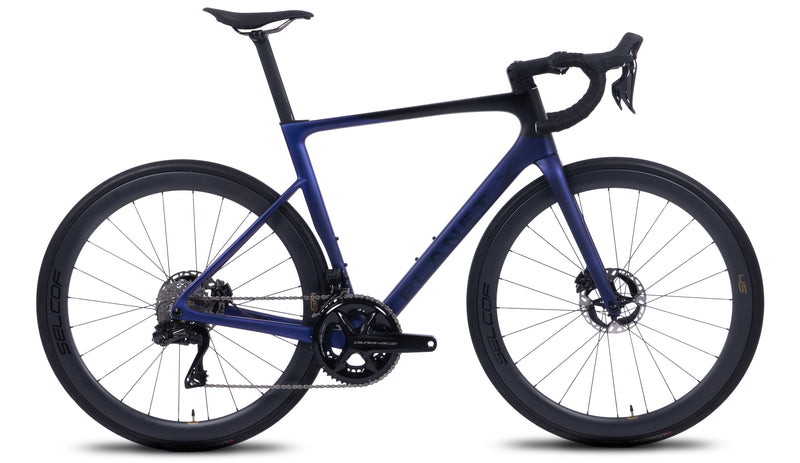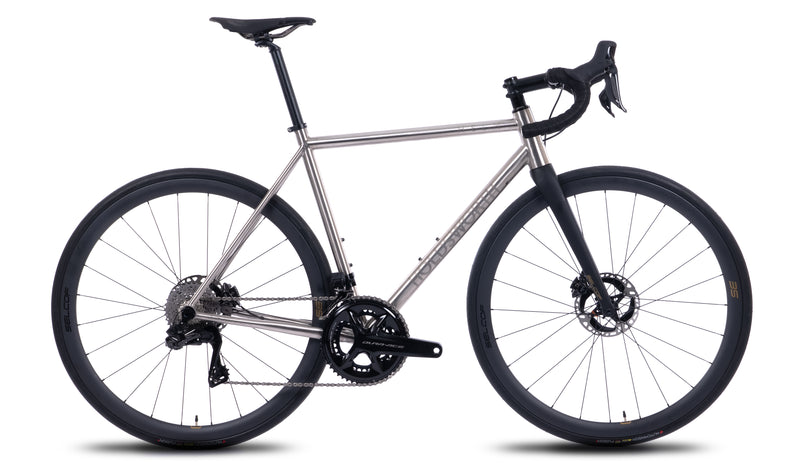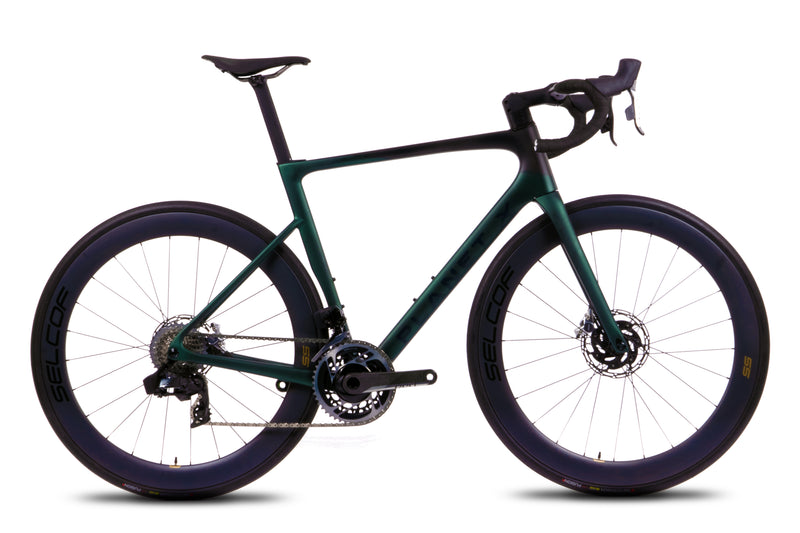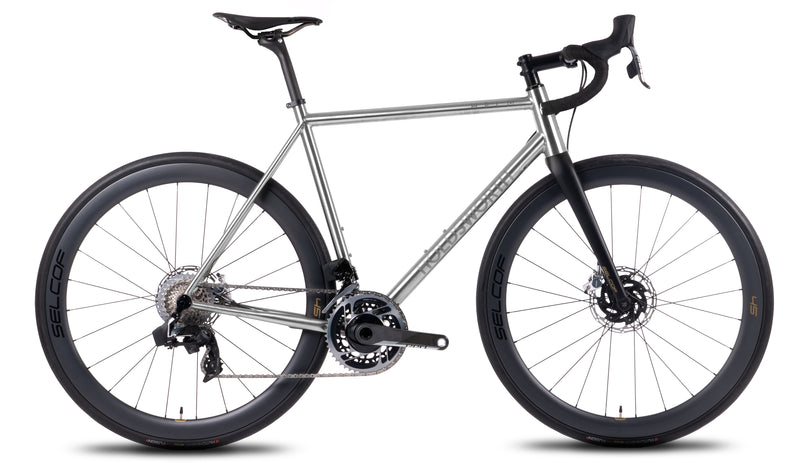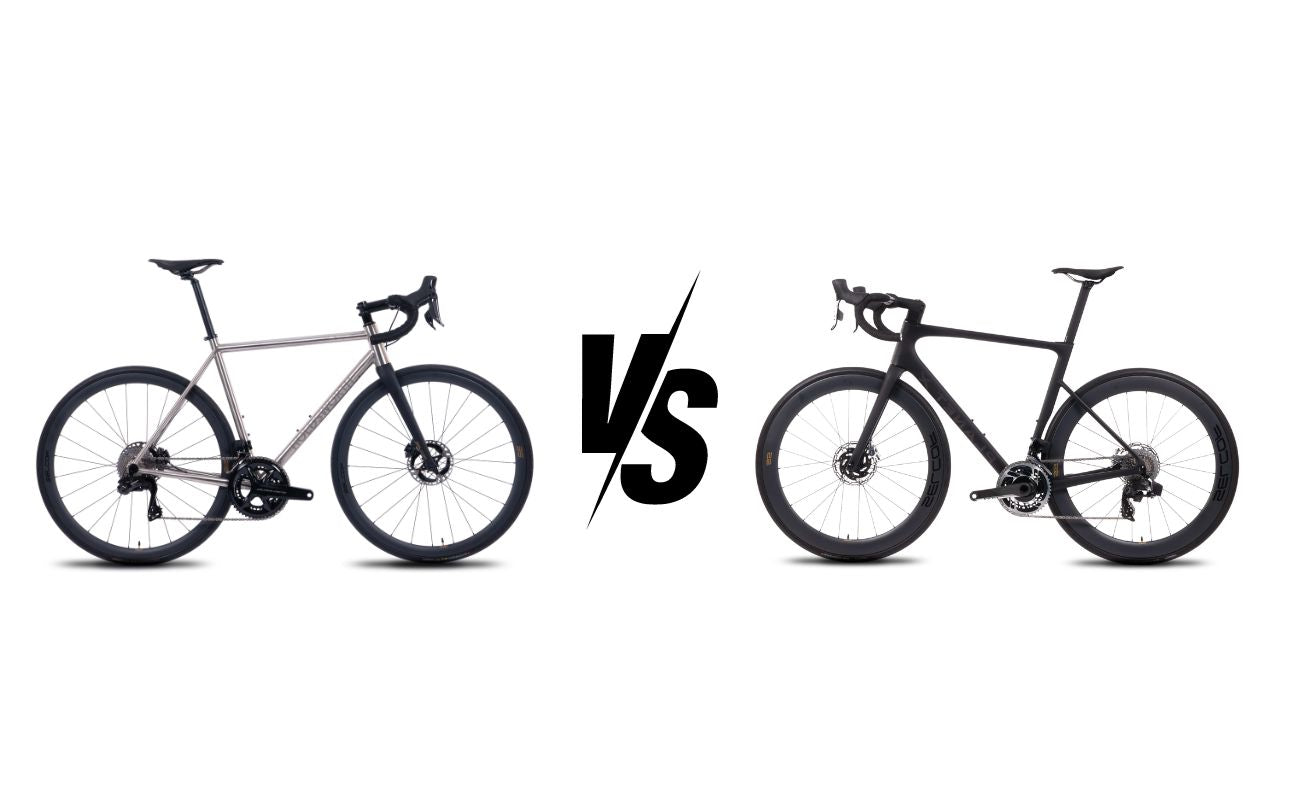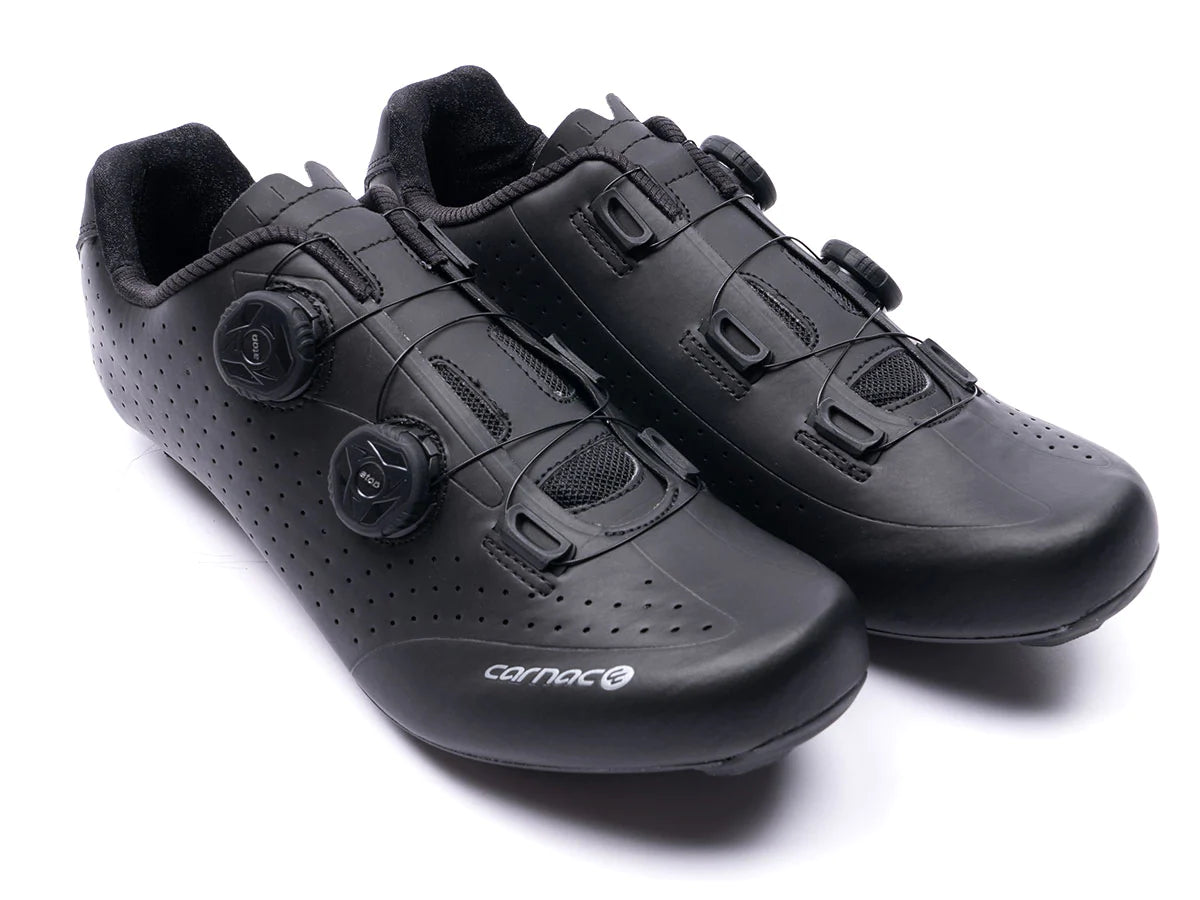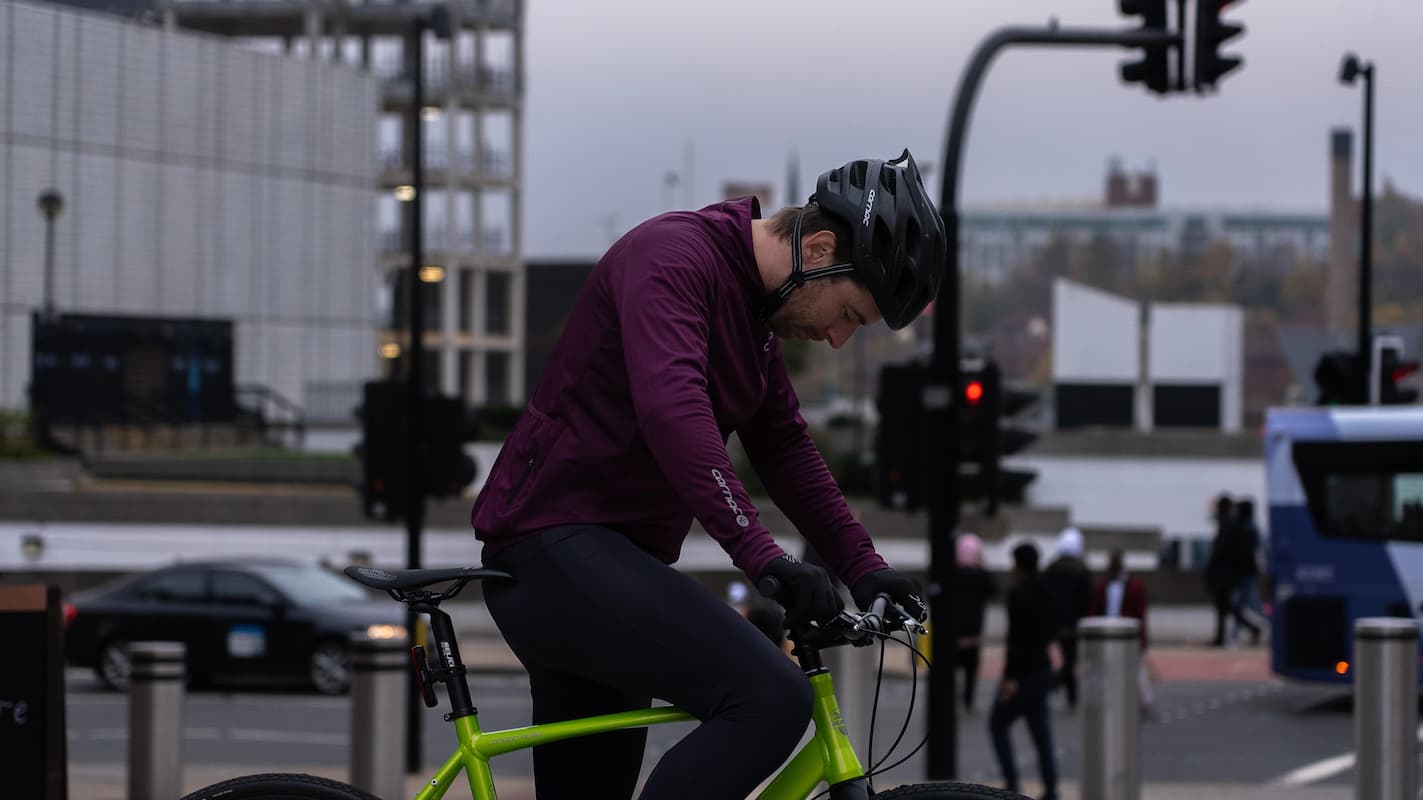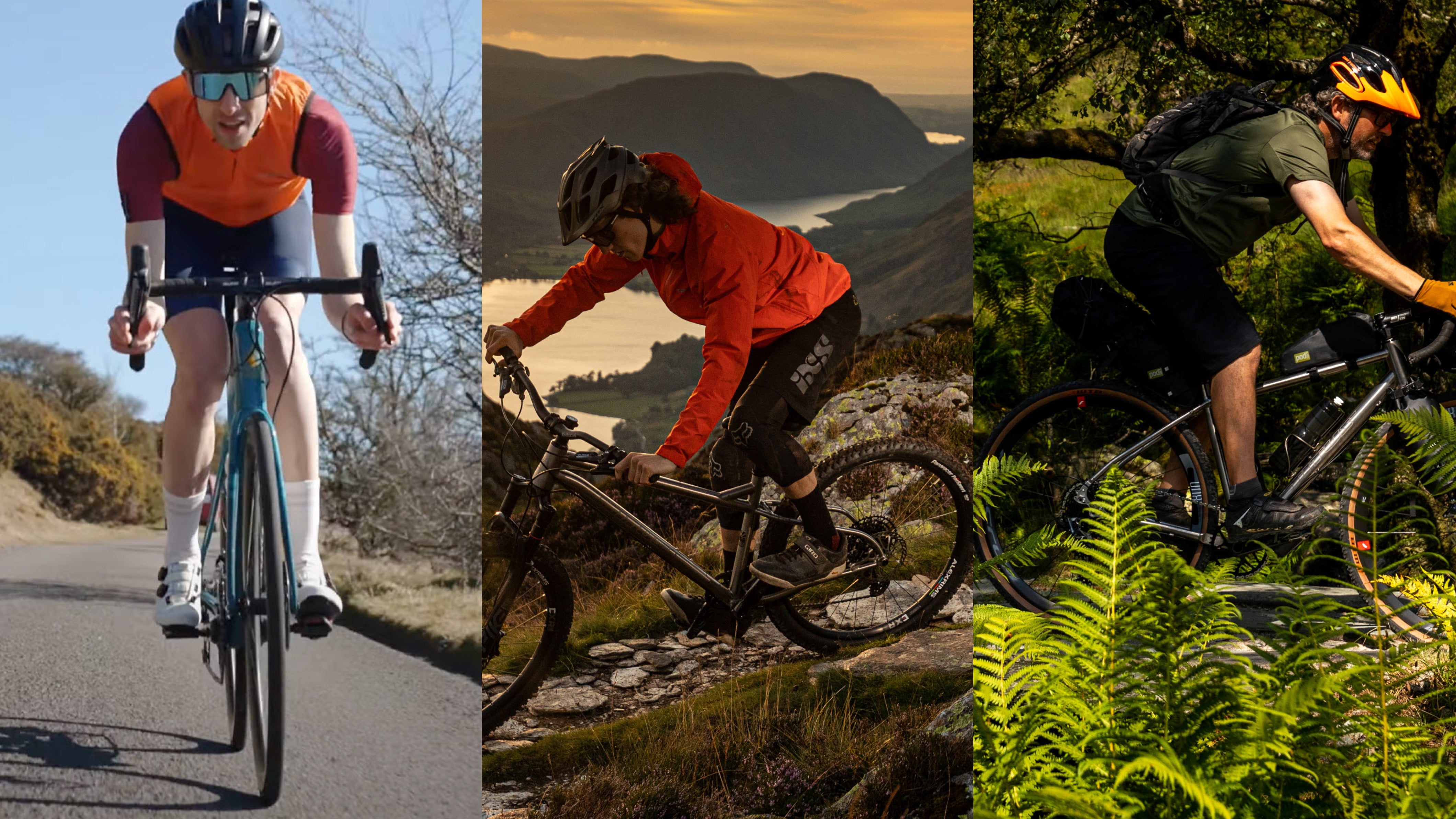What are the different types of bike pedals?
21 March 2023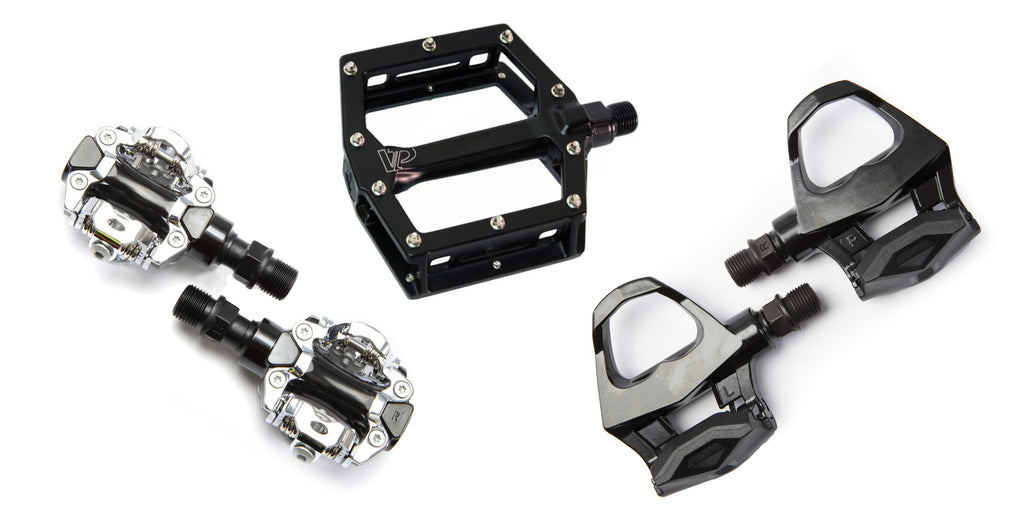
Navigating the world of clipless and flat pedals can be tricky if you don’t know what you’re looking for. It can help to understand the purpose of each type of pedal and how they differ from one type of bike to another. Choosing the wrong type of pedal can affect your pedalling efficiency and your riding performance, but it also has the potential to put you in harm’s way.
Keep reading to learn more about the different types of bike pedals.
Types of pedals for a road bike
Pedals are typically categorised in two distinct ways: for the type of riding they are best suited to, and for the physical attributes of the pedal itself. The two most common types of pedals are clipless and flat - each of which provides a slightly different riding experience. In these two categories, there are some designs which are better suited to mountain biking, and others which are better suited to road biking.
Knowing the differences can help make it easier for you to choose your next set of pedals with confidence. First, let’s look at road bike pedals.
Road bike clipless pedals
Road clipless pedals - which are often also referred to as clip-in pedals - are specially designed to be used with cleated road cycling shoes. Essentially, the cleats on the bottom of the shoes locate the pedals and keep your feet in place while you ride. The category of clipless pedals can be divided even further into those for three-bolt cleats and those for two-bolt cleats - but most road bike clipless pedals now use three-bolt cleats only. If you have an older bike, it’s best to check and make sure you know which type of shoes you need before you start shopping.
One of the main benefits of using clipless pedals is that it can improve your pedalling efficiency, and therefore your performance on the bike as a whole. With your shoes firmly attached to the pedals, you can transfer power into the bike not just when you’re pushing down on the pedals, but also when your feet rise on the upstroke. This results in your pedal strokes being smoother, leading to increased momentum and speed in or out of the saddle.
Over time, the cleats will take some wear and tear. In the short term, this can actually make them engage with the pedals better, which makes it easier for you to clip in and out. Too much wear, though, and you might find the cleats disengaging more often when you don’t intend them to. At this point, it’s time to get new cleats to restore the benefits of using clipless pedals. Some, but not all, models of cleats have wear indicators to help you spot when it’s time to replace them.
Road bike flat pedals
Unlike clipless pedals, flat pedals can be used with any shoes. They are, as the name suggests, flat and don’t require cleats, which makes it easier for you to mount and dismount the bike at speed. They’re also sometimes known as platform pedals.
Flat pedals are ideal for beginners who aren’t comfortable with having their feet attached to the pedals while they ride, but they also have applications for more experienced riders. They’re especially favoured on commuter bikes and city rides - you don’t want to have to worry about disengaging your cleats every time you stop at the traffic lights.
This isn’t to say that flat pedals are completely smooth though. Usually, they have small pins on the surface of the platform which help your shoes to grip the pedals. In some cases, these pins are replaced with grip tape - a sort of adhesive sandpaper that provides extra traction while protecting your shoes from excessive wear and tear.
What type of pedals are best for mountain biking?
Since mountain biking is typically rougher, pedals designed for mountain biking need to be stronger and more durable to keep you safe during high intensity rides. They also need to be resistant to the kind of muddy conditions a road pedal doesn’t usually experience.
Mountain bike clipless pedals
Mountain bike clipless pedals work in much the same way as road bike clipless pedals, allowing you to secure your shoes to the pedals by means of specially designed cleats. They have the same benefits in terms of increasing your pedalling efficiency, which can help to give you a boost in racing conditions.
Clipless pedals also have the advantage of keeping your feet in place on rough terrains where they might otherwise be bounced all over the place. This allows you to maintain your pedalling technique on uneven surfaces and keep your momentum going. Some mountain bike clipless pedals have an extra cage or platform around the cleat to add greater stability, but this adds weight and might not be favourable for cross-country races.
One thing the mountain bike clipless pedal has to contend with that road pedals don’t is a whole lot of mud. If cleats get clogged up with mud, it can be difficult to engage and disengage from the pedals when you need to. In the event of a crash, this can be very dangerous. Mountain bike cleats are specially designed to shed mud quickly and stay as clear as possible to avoid this. The pedals themselves also have voids in the main body of the pedal to allow mud from the bottom of your shoes to be shed through the pedal interface. Unlike road bike cleats, these cleats are set into the sole to make your mountain bike shoes easier to walk in.
Mountain bike flat pedals
Disciplines such as downhill and BMX require a certain amount of agility that can be hard to pull off when using clipless pedals. That’s where mountain bike flat pedals come in handy, allowing quick-fire placement and displacement of the foot without unnecessary delay. Compared to road flat pedals, mountain bike platforms have a larger, sometimes concave surface to provide extra stability. They also tend to use more aggressive pins to maintain traction on rough terrain.
Mountain bike pedals also use more durable materials. Where a road bike flat pedal might be plastic or composite, a mountain bike version will use tough metal platforms. This is to reduce the risk of serious damage when your bike takes a beating on a difficult ride. Higher-end pedals may use magnesium or titanium to shave off extra weight for racing. They also tend to have a thinner profile to reduce the risk of grounding the pedals.

